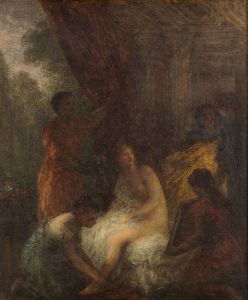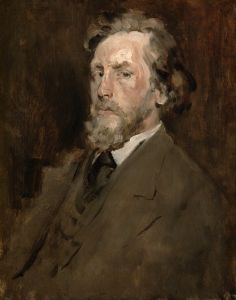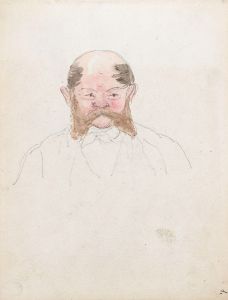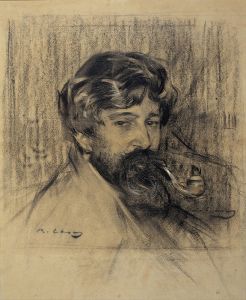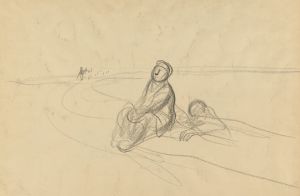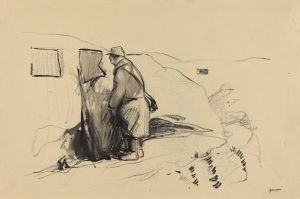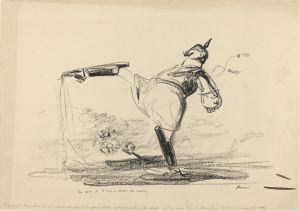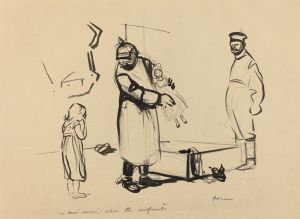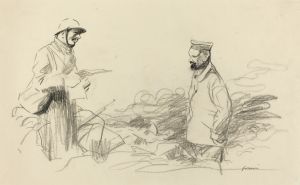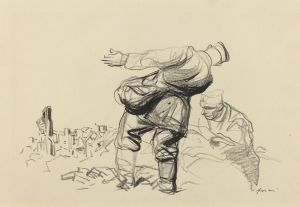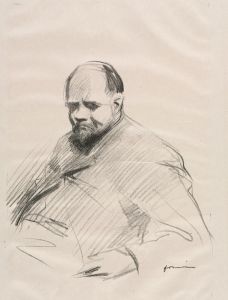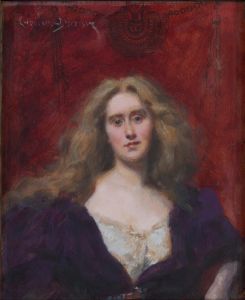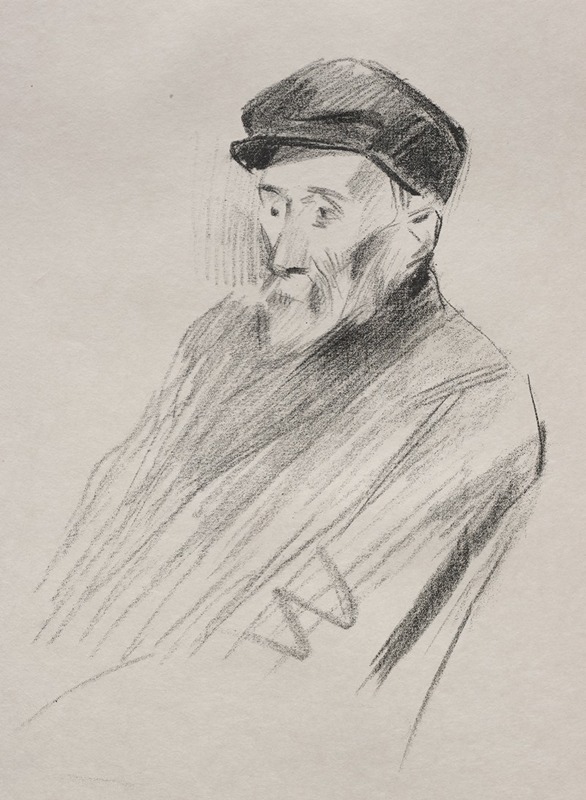
Portrait of Renoir, Third Plate
A hand-painted replica of Jean-Louis Forain’s masterpiece Portrait of Renoir, Third Plate, meticulously crafted by professional artists to capture the true essence of the original. Each piece is created with museum-quality canvas and rare mineral pigments, carefully painted by experienced artists with delicate brushstrokes and rich, layered colors to perfectly recreate the texture of the original artwork. Unlike machine-printed reproductions, this hand-painted version brings the painting to life, infused with the artist’s emotions and skill in every stroke. Whether for personal collection or home decoration, it instantly elevates the artistic atmosphere of any space.
Jean-Louis Forain's "Portrait of Renoir, Third Plate" is an etching that captures the likeness of the renowned French Impressionist painter Pierre-Auguste Renoir. Forain, a contemporary and friend of Renoir, was known for his keen observational skills and his ability to convey the essence of his subjects through his art. This particular work is a testament to the close relationships and mutual respect shared among artists of the Impressionist movement.
Jean-Louis Forain (1852-1931) was a French painter, lithographer, watercolorist, and etcher, associated with the Impressionist movement. He was known for his satirical depictions of Parisian life, as well as his portraits of notable figures of his time. Forain's work often reflected the social and political climate of France during the late 19th and early 20th centuries. His style was characterized by its fluidity and expressiveness, often capturing the immediacy of a moment with a few deft strokes.
The etching of Renoir is one of several portraits Forain created of his fellow artists and friends. Renoir, a leading figure in the Impressionist movement, was celebrated for his vibrant light and saturated color, focusing on people in intimate and candid compositions. The friendship between Forain and Renoir was part of a larger network of relationships among Impressionist artists, who often gathered in Parisian cafés and studios to discuss their work and ideas.
In "Portrait of Renoir, Third Plate," Forain employs his characteristic etching technique to render Renoir's features with precision and sensitivity. The etching medium allows for fine lines and subtle gradations of tone, which Forain uses to convey the texture of Renoir's hair and the thoughtful expression on his face. The portrait is not just a likeness but an exploration of Renoir's character, capturing the introspective and gentle nature of the artist.
Forain's choice to create multiple plates of Renoir suggests a deep interest in capturing different aspects of his friend's personality or perhaps experimenting with various artistic techniques. The "Third Plate" indicates that this is one of several attempts to portray Renoir, each potentially offering a unique perspective or interpretation.
The relationship between Forain and Renoir, as well as their respective contributions to the art world, highlights the collaborative and interconnected nature of the Impressionist movement. Artists like Forain and Renoir were part of a dynamic community that pushed the boundaries of traditional art, exploring new techniques and subjects that reflected the rapidly changing world around them.
Forain's etching of Renoir is a valuable piece of art history, providing insight into the personal connections and artistic exchanges that fueled the creativity of the Impressionist era. It stands as a tribute to Renoir's influence and the enduring legacy of the friendships that shaped the course of modern art.






